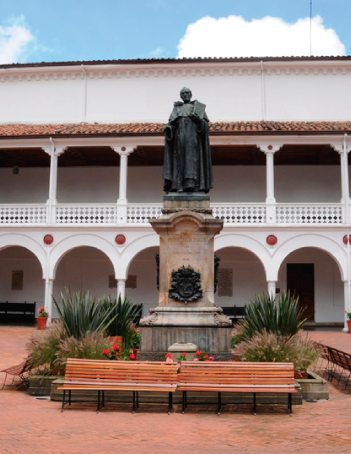Part one. A Shi'i empire. Shi'ism and the Safavid Revolution (1501-1588) -- The age of 'Abbas I and the shaping of the Safavid Empire (1588-1666) -- The demise of the Safavid Order and the Unhappy Interregnums (1666-1797).
Part two. Reshaping of the guarded domains. The making of the Qajar Era (1797-1852) -- Naser al-Din Shah and maintaining a fragile balance (1848-1896) -- The constitutional revolution: road to a plural modernity (1905-1911).
Part three. A nation recast. The Great War and the rise of Reza Khan (1914-1925) -- Reza Shah and the Pahlavi Order (1925-1941) -- Chaotic democracy, oil nationalization, and denied hopes (1941-1953) -- The White Revolution and its opponents (1953-1963) -- Development, disarray, and discontent (1963-1977) -- Cultures of authority and cultures of dissent.
Part four. A contested revolution and the rise of the Islamic Republic. The making of the Islamic Revolution (1977-1979) -- The guardian jurist and his advocates -- Consolidation of the Islamic Republic (1979-1984) -- Facing the foe: the hostage crisis, the Iraq-Iran War, and the aftermath (1979-1989) -- Society and culture under the Islamic Republic.
Covers the history of the diverse societies and economies of Iran against the background of dynastic changes, revolutions, civil wars, foreign occupation, and the rise of the Islamic Republic. Amanat combines chronological and thematic approaches, exploring events with lasting implications for modern Iran and the world. Drawing on diverse historical scholarship and emphasizing the twentieth century, he addresses debates about Iran's culture and society. Political history is the driving narrative force, given impetus by Amanat's decades of research and teaching. He layers the book with discussions of literature, music, and the arts; ideology and religion; and economy and society, as well as the politics of identity and the legacy of Iran's long history. --From publisher description.
Texto en inglés

Escuela de administración
Facultad de Jurisprudencia
Facultad de Ciencias
Escuela de Ciencias
Escuela de Medicina
Facultad de Economía
Facultad de Estudios
Facultad de Creación
Escuela de Ingeniería,
Otras Ofertas
 Historia y símbolos
Historia y símbolos
 Enfoque estratégico
Enfoque estratégico
 Gobierno universitario
Gobierno universitario
 Playbok - Nuestros pilares de transformación
Playbok - Nuestros pilares de transformación
 Protocolo de seguridad
Protocolo de seguridad
 Archivo histórico
Archivo histórico
 Portafolio de becas, descuentos y apoyo financiero
Portafolio de becas, descuentos y apoyo financiero
 Casa UR
Casa UR






 Proyección social
Proyección social Filantropía
Filantropía Hagámoslo posible
Hagámoslo posible

 Libro
Libro







